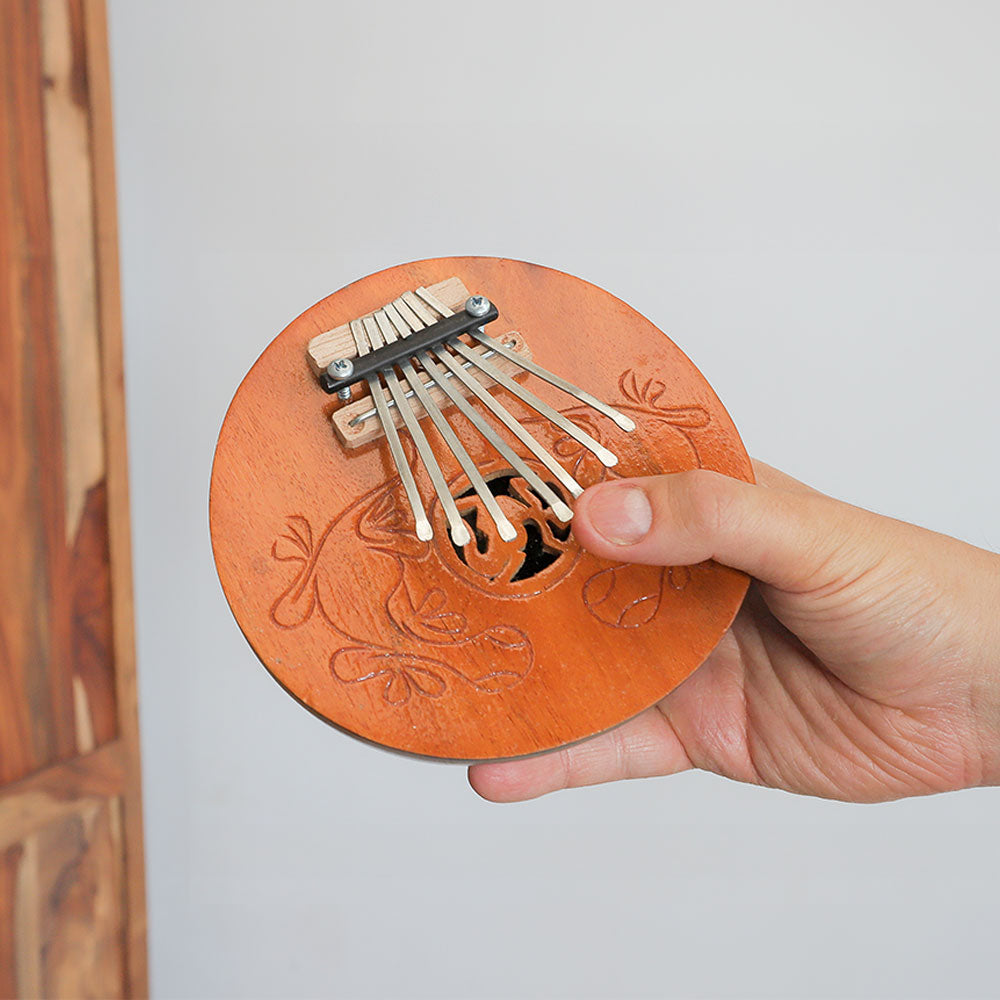The mouth jaw harp, also known as the Jew's harp, Ozark harp, or juice harp, is a unique instrument with a rich history that spans thousands of years. Archaeological evidence suggests it has been used across various cultures since the 4th millennium BC, with versions found in Europe, Asia, and the Pacific Islands.
The instrument, called "khomus" in Yakutia and "dan moi" in Vietnam, was used for a variety of purposes, such as in shamanic rituals in Siberia and as a courting tool in Asia. European travelers spread the instrument, where it was adopted and adapted by different cultures, each giving it a unique name, like "munnharpe" in Norway and "scacciapensieri" in Italy.
What is a jaw harp used for?
The jaw harp, also known as the Jew’s harp or Lewes harp, is one of the world’s oldest instruments, believed to have originated in Asia thousands of years ago. Classified as both a wind and percussion instrument, it’s played against the mouth, which acts as a resonator to shape sound.
Traditionally made from brass or iron with a steel spring, it gained historical mention in the 1500s as a valued trade item. While mainly a folk instrument, high-quality versions exist. Though generally safe, playing too forcefully can risk dental injury. The name likely evolved from “jaw” or the Old English “gewgaw,” not from Jewish origins.
How to Play for Beginners
Buying Guide for Beginners
The jaw harp is a compact, affordable instrument known for its twangy sound and ease of play, making it ideal for beginners exploring new musical styles. When buying your first mouth harp, consider the material—traditional bamboo or wood offers a different tone than modern metal alloys.
Each affects durability and sound, so test a few to find what suits you. Prioritize quality craftsmanship: a clean finish, sturdy frame, and well-aligned tongue are key. Choose reputable makers and seek advice from experienced players to ensure a lasting, enjoyable experience.
Pricing
You're likely wondering, how much do they cost? Mouth jaw harps can range from very affordable to quite expensive, depending on the design's material, maker, and intricacy. For beginners, plenty of budget-friendly options don't sacrifice quality for cost.










